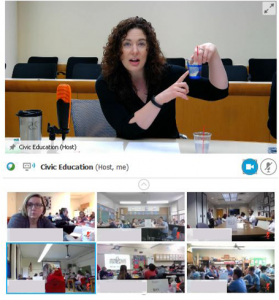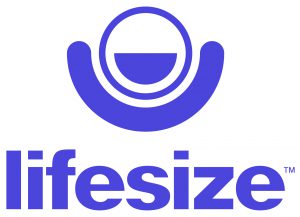Measuring the true benefit of classroom technology might be getting a bit easier
by Pat Cassella, USDLA President
When it comes to measuring the effectiveness of technology in the classroom how does one measure success? Having spent the better part of the past 20 years empowering students and teachers with the latest visual communication tools I’ve often tried to help CIOs and CFOs measuring the true effectiveness as part of an ROI analysis.
When it comes to video conferencing applications there are some hard metrics that can often be applied; travel reduction, teaching resources and improved outcomes are generally among the top three. The cost to travel from point A to point B a certain number of times in the week/month/year can easily be calculated with miles saved and a per-mile cost to travel. A good example is a student in a rural area attending a metro located community college 50 miles away. The cost of wear and tear on the vehicle, cost of gas and time spent on the road can add up quickly.
A single specialized teaching resource (let’s say Mandarin language) can often be leveraged to teach in multiple remote locations from one physical site. Again, not only are you saving on travel but also the cost of having just one teacher rather than several in salary and benefits.
The third metric is often a bit trickier; how does one best measure an improved outcome? You could certainly look towards test scores, student engagement and teacher feedback to get a valid reference point, but how do you gather and analyze such data?
While my example specifically calls out video conferencing which has been a technology found in the classroom since the early 90’s, what about Learning Management Systems, video distribution platforms, data repositories and the other hundreds of technology tools in the classroom?
With an estimated $14B being spent on technology across US K-12 schools and districts in 2018 it’s more important than ever to be able to measure the effectives of technology to ensure a positive ROI is being achieved. EdTech management systems have recently begun to appear within campuses and school districts across the country with the promise of improving instructional, operational and financial decisions through organization and analysis of classroom technology. Understanding how often products are used, how they are being used, what the teachers think of them and analyzing student outcomes can help to place an actual score on a particular piece of technology and justify an investment.
The EdTech management market is relatively new but there is no denying the need for such an analysis tool as budgets continue to become strained and every dollar spent on classroom technology comes under additional scrutiny in the public and private eye. It would certainly make my life easier as I meet with my CIO and CFOs to discuss technology options.


 Adventures in Health Science and Medicine (AHSM)
Adventures in Health Science and Medicine (AHSM)



 Cleveland Clinic Civic Education Department. Tower Health in Reading Pennsylvania is also providing the AHSM connected learning experience to their local schools.
Cleveland Clinic Civic Education Department. Tower Health in Reading Pennsylvania is also providing the AHSM connected learning experience to their local schools. 
 USDLA Represented at European Distance and E-Learning and Network – Genova, Italy
USDLA Represented at European Distance and E-Learning and Network – Genova, Italy Blog written by USDLA Member:
Blog written by USDLA Member:







